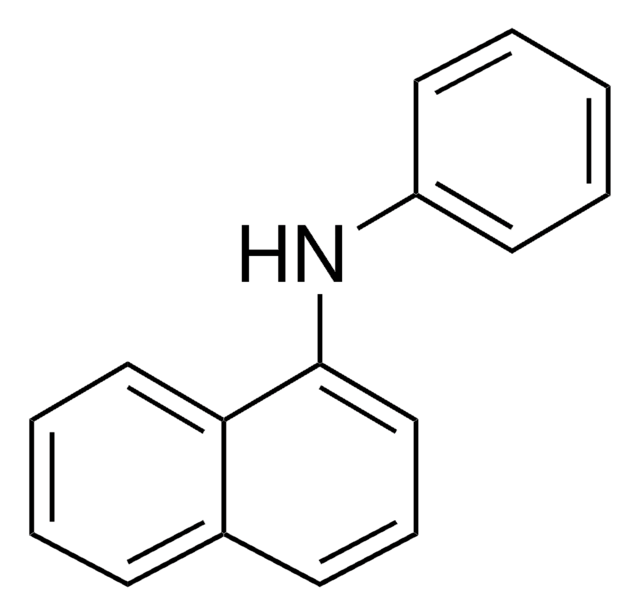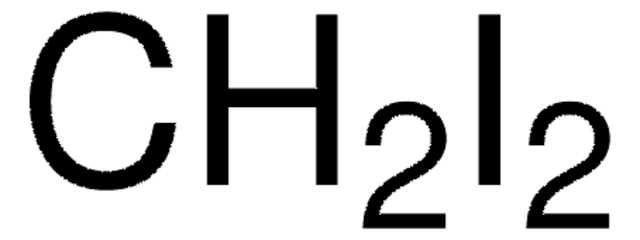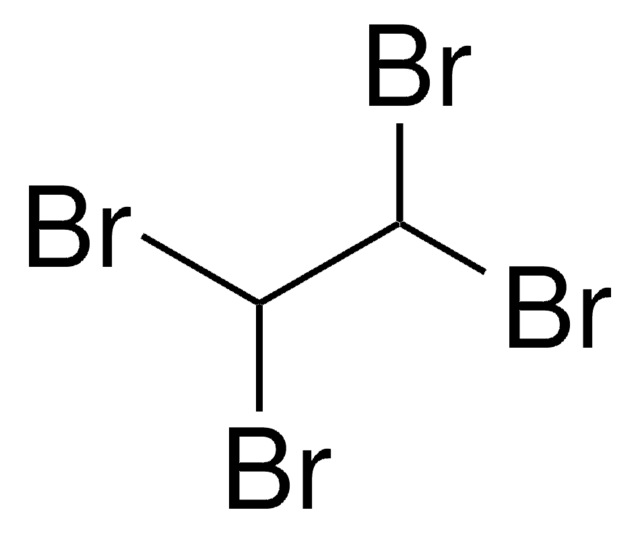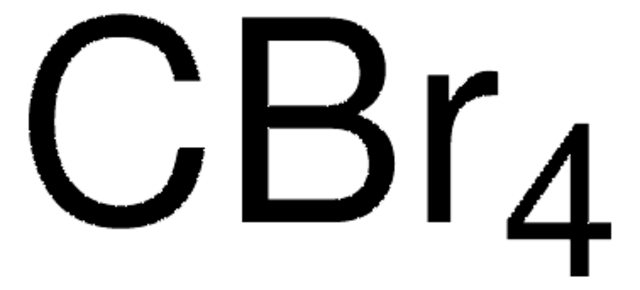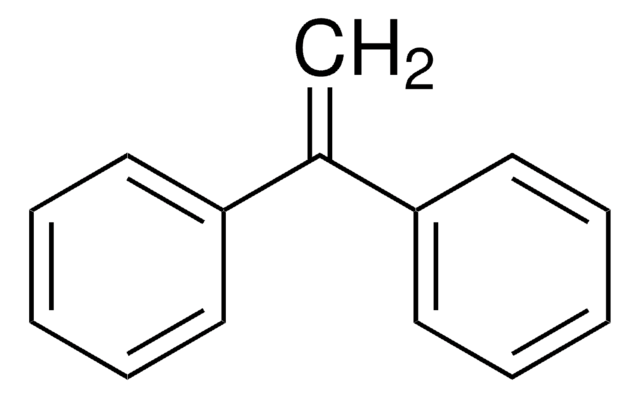132942
Bromoform
contains 1-3% ethanol as stabilizer, 96%
Synonyme(s) :
Tribromomethane
About This Item
Produits recommandés
Densité de vapeur
8.7 (vs air)
Niveau de qualité
Pression de vapeur
5 mmHg ( 20 °C)
Pureté
96%
Forme
liquid
Contient
1-3% ethanol as stabilizer
Indice de réfraction
n20/D 1.595 (lit.)
Point d'ébullition
146-150 °C (lit.)
Pf
5-8 °C (lit.)
Solubilité
water: soluble 800 part
acetone: miscible
alcohol: miscible
benzene: miscible
chloroform: miscible
diethyl ether: miscible
oil: miscible
petroleum ether: miscible
Densité
2.89 g/mL at 25 °C (lit.)
Chaîne SMILES
BrC(Br)Br
InChI
1S/CHBr3/c2-1(3)4/h1H
Clé InChI
DIKBFYAXUHHXCS-UHFFFAOYSA-N
Vous recherchez des produits similaires ? Visite Guide de comparaison des produits
Description générale
Application
Mention d'avertissement
Danger
Mentions de danger
Classification des risques
Acute Tox. 3 Inhalation - Acute Tox. 4 Oral - Aquatic Chronic 2 - Eye Irrit. 2 - Flam. Liq. 3 - Skin Irrit. 2
Code de la classe de stockage
3 - Flammable liquids
Classe de danger pour l'eau (WGK)
WGK 3
Point d'éclair (°F)
106.3 °F - closed cup - (own results)
Point d'éclair (°C)
41.3 °C - closed cup - (own results)
Équipement de protection individuelle
Eyeshields, Faceshields, Gloves, type ABEK (EN14387) respirator filter
Faites votre choix parmi les versions les plus récentes :
Déjà en possession de ce produit ?
Retrouvez la documentation relative aux produits que vous avez récemment achetés dans la Bibliothèque de documents.
Les clients ont également consulté
Protocoles
US EPA Method 8260 describes the analysis of volatile organic compounds in solid wastes and ground waters. This application illustrates the analysis of many compounds commonly analyzed by this method using purge and trap coupled to GC-MS.
Notre équipe de scientifiques dispose d'une expérience dans tous les secteurs de la recherche, notamment en sciences de la vie, science des matériaux, synthèse chimique, chromatographie, analyse et dans de nombreux autres domaines..
Contacter notre Service technique
